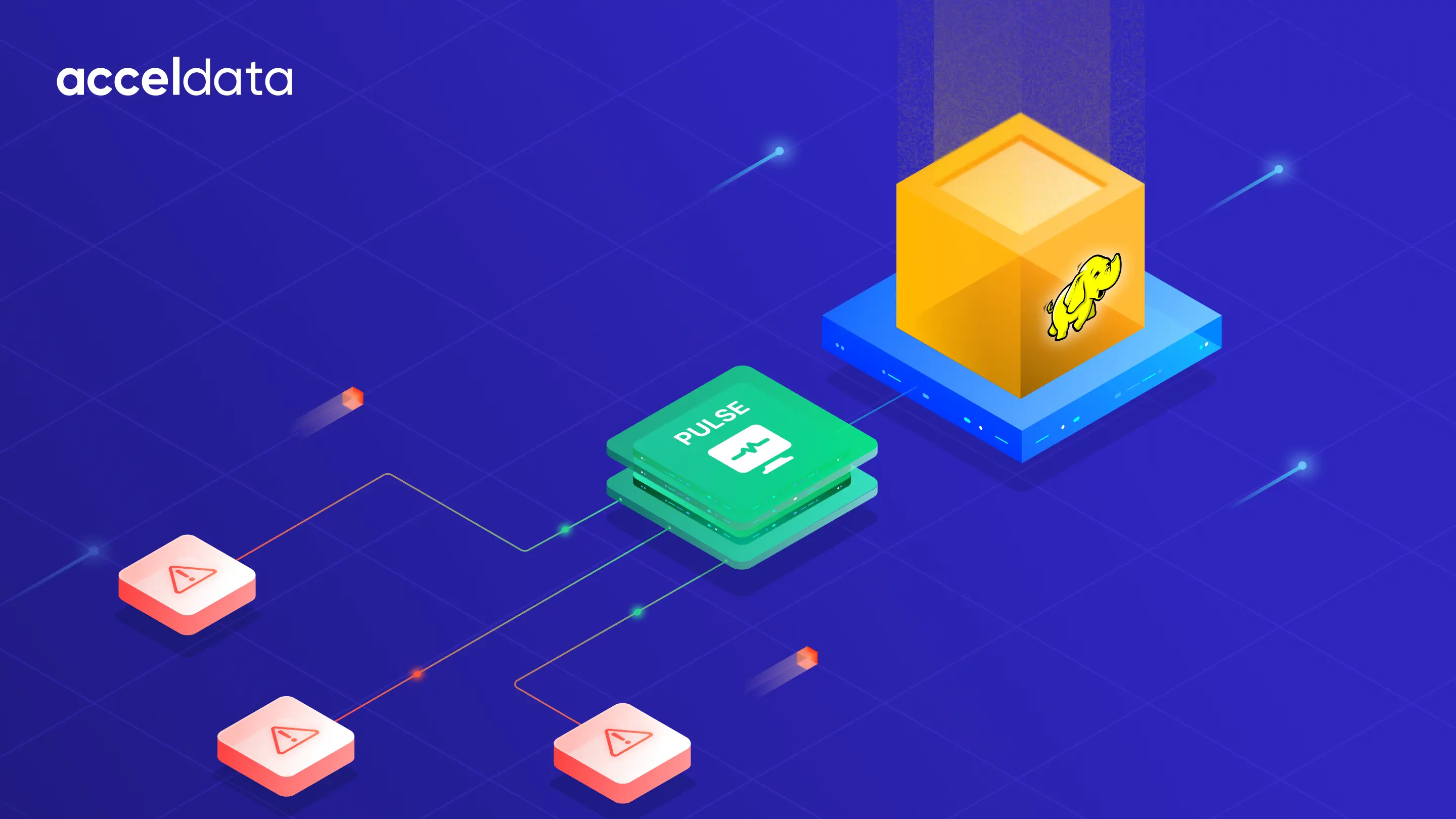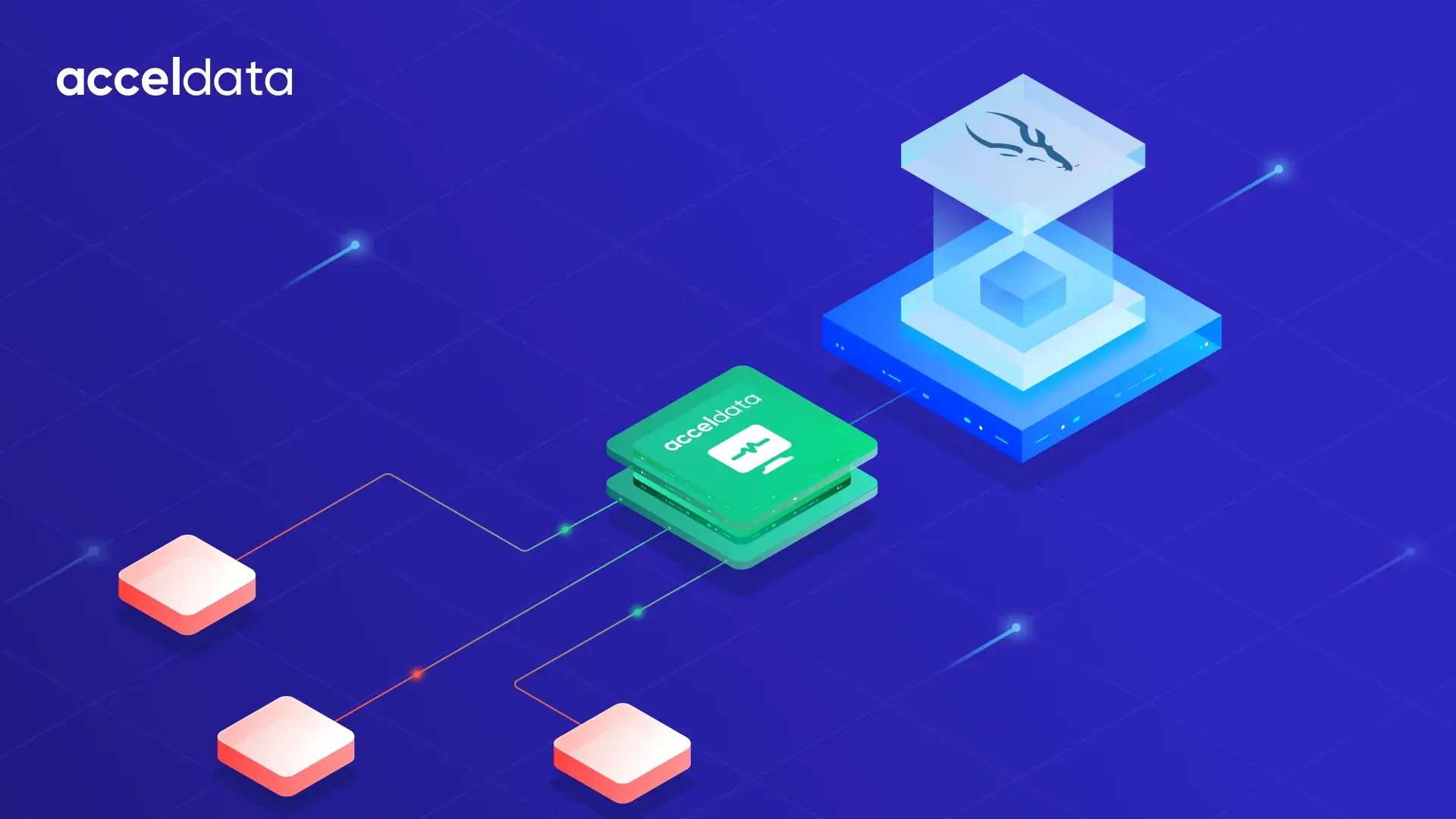As organizations continue to generate and collect vast amounts of data, the challenge shifts from merely gathering information to ensuring its usefulness and reliability. By the end of 2025, the global volume of data is expected to reach approximately 181 zettabytes(1) (to put this in perspective, one zettabyte equals 1×1021 bytes, which is equivalent to storing around 250 billion DVDs).
But is all this data useful? How do you know if your data is accurate, complete, and reliable? Imagine you're an Amazon customer searching for a specific product, only to be bombarded with irrelevant or mislabeled items. Frustrating, right? This is the direct consequence of poor data quality, and it’s where data profiling comes in.
What Is Data Profiling?
Data profiling is the process of examining, analyzing, and creating useful summaries of data. It's akin to organizing a library, where you assess the condition of books, categorize them based on genres, and identify any missing or damaged volumes. In data management, data profiling helps you understand the structure, content, and quality of your datasets.
Domino's, the pizza giant with over 10,000 outlets, leveraged data profiling to gain deeper customer insights and streamline operations. By collecting and analyzing data from all its point-of-sale systems, Domino's enhanced fraud detection, improved data quality, and boosted operational efficiency, ultimately driving sales growth.
Key objectives of data profiling
- Assessing data quality to ensure data accuracy and data reliability
- Understanding data distributions and detecting outliers
- Identifying relationships and dependencies between data elements
- Supporting data governance and compliance efforts
By achieving these objectives, data profiling enables organizations to make informed decisions based on trustworthy data.
Types of Data Profiling Techniques
Various data profiling methods are used to analyze datasets, each serving a specific purpose in understanding the data landscape.
Structure discovery
This technique assesses the format and organization of data, ensuring it adheres to expected patterns and schemas. Structure discovery helps identify inconsistencies and anomalies in data structure, enabling organizations to maintain data integrity. For example, validating that all email addresses in a dataset include an '@' symbol and a domain name.
Content discovery
Content discovery focuses on analyzing individual data elements to detect errors, inconsistencies, or anomalies. By examining the content of data, organizations can identify specific issues and take corrective actions to improve data quality. For example, identifying rows with missing values in a sales dataset where revenue is critical.
Relationship discovery
Relationship discovery identifies connections and dependencies between different data elements or datasets. Understanding these relationships is crucial for data integration and ensuring data consistency across various systems. For example, ensuring that all customer IDs in a transactions table match entries in a customer details table.
Importance of Data Profiling in Data Management
Data profiling plays a pivotal role in maintaining data integrity and supporting business operations. Let's delve into three key areas where data profiling makes a significant impact.
Enhancing data quality
By identifying and rectifying data quality issues, data profiling helps ensure the accuracy of analyses and reports. It prevents decision-making based on flawed or incomplete information. Regular profiling also helps identify patterns or anomalies that could indicate underlying problems, improving the overall trustworthiness of the data. This, in turn, fosters better business decisions and outcomes, ensuring that data-driven strategies are based on reliable information.
Facilitating data integration
Understanding data structures and content aids in seamless data integration from multiple sources. Data profiling helps identify compatibility issues and ensures smooth data flow across systems. Profiling ensures that data is properly aligned and transformed when merging from different platforms, improving efficiency in data migration or consolidation efforts. This leads to quicker integration timelines and more accurate combined datasets for analysis.
Supporting data governance
Data profiling contributes to establishing data standards and policies within an organization. It helps enforce consistency, compliance, and best practices in data management. Profiling also identifies areas where data governance may be lacking, allowing businesses to proactively address gaps and improve data handling practices. This consistent oversight aids in regulatory compliance and mitigates potential risks related to poor data management.
Steps Involved in the Data Profiling Process
The data profiling process involves a series of systematic steps to assess, analyze, and improve the quality and structure of data, ensuring it meets organizational standards and supports effective decision-making. Following are the three key stages:
Data preparation
This initial step involves gathering and preparing data sources for profiling. It includes identifying relevant datasets, ensuring data accessibility, and addressing any data formatting issues.
Analysis and assessment
During this stage, data undergoes rigorous data quality assessment to collect statistics and evaluate quality metrics. Techniques such as metadata analysis, statistical profiling, and pattern recognition are employed to uncover insights and identify areas for improvement.
Reporting and monitoring
The final stage involves creating comprehensive reports detailing the findings of the data profiling process. These reports highlight data quality issues, relationships, and dependencies, providing actionable insights for stakeholders. Ongoing monitoring is crucial to maintain data quality and ensure the effectiveness of data cleansing efforts.
Why Data Profiling Isn't a One-Time Task
Data profiling is an ongoing process that ensures continuous data quality, adapts to changing business needs, and helps maintain consistency and accuracy over time.
- Keeping Up With the Evolving data Landscape: In dynamic data environments, regular profiling is essential to stay on top of changes and ensure ongoing data quality. As new data sources are added or existing ones are modified, profiling helps identify potential issues proactively.
- Automation in Continuous Profiling: Leveraging automated profiling tools enables efficient and accurate monitoring of data quality. These tools streamline the process and provide real-time insights into data health.
- Linking Profiling to Data Governance: Integrating data profiling into your data governance framework ensures that data quality remains a top priority. It helps create robust policies and procedures for managing data effectively.
Best Practices for Effective Data Profiling
- Establish Clear Objectives: Defining specific goals for data profiling initiatives helps focus efforts and resources on areas that matter most. Organizations should align profiling objectives with business priorities and data quality requirements.
- Utilize Automated Tools: Automated profiling tools streamline the process and reduce manual effort. These tools offer features such as data discovery, metadata management, and data quality assessment, enabling organizations to efficiently profile large datasets.
- Maintain Continuous Monitoring: Regular data profiling is essential to ensure ongoing data quality and integrity. Establishing a continuous monitoring process helps identify and address data issues promptly, preventing them from escalating into larger problems.
Real-world examples
- In the healthcare sector, a large U.S. hospital network implemented machine learning models for patient outcome predictions. By profiling their data, they achieved high predictive performance, reducing the average patient length of stay by 0.67 days and generating annual financial benefits of $55-$72 million(2).
- Walmart, with over 5,300 U.S. stores and 210 distribution centers, leveraged data profiling to address inventory data inconsistencies. This enhanced inventory management, reduced stockouts, and improved customer satisfaction, contributing to its $555 billion in sales in fiscal 2021.
- Spotify processes 500 billion daily events, ingesting up to 70 TB of data from sources like playlists and user interactions. By profiling and centralizing this data through its advanced Event Delivery Infrastructure, Spotify delivers personalized recommendations to its 406 million active users, enhancing user experience and engagement.
Unlocking the Potential of Data Profiling with Acceldata
Data profiling is the cornerstone of effective data management, ensuring accuracy, consistency, and integrity across systems. With Acceldata's advanced observability platform, organizations can unlock the full potential of their data, streamlining operations and driving informed decision-making.
Acceldata, a leading data observability platform, offers enterprise-grade solutions for data profiling, data quality assessment, and data cleansing. With its multi-layered approach, Acceldata provides deep insights into data performance, reliability, and spend at scale. By leveraging Acceldata's expertise and automated tools, organizations can streamline their data profiling efforts and achieve significant ROI in a matter of days.
Embrace the power of data profiling and take control of your data quality today. Unlock the true value of your data with Acceldata and book a demo today.
Summary
Data profiling is a fundamental process in achieving high-quality data and driving informed decision-making. By examining data values, formats, relationships, and patterns, it helps identify data quality issues, dependencies, and opportunities for improvement. Implementing robust data profiling practices empowers organizations to harness the full potential of their data assets.
















.webp)
.webp)


